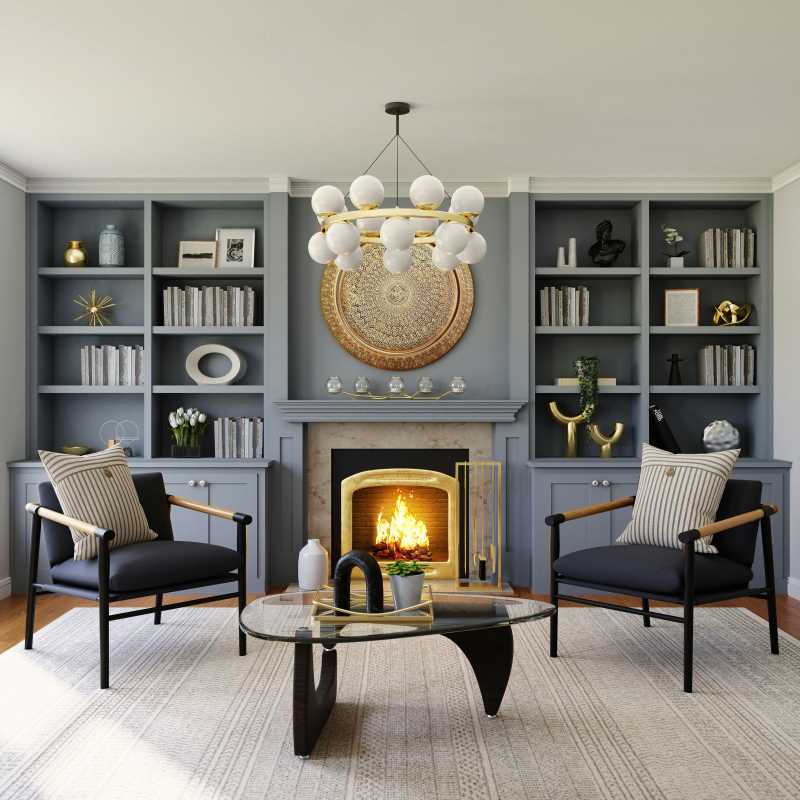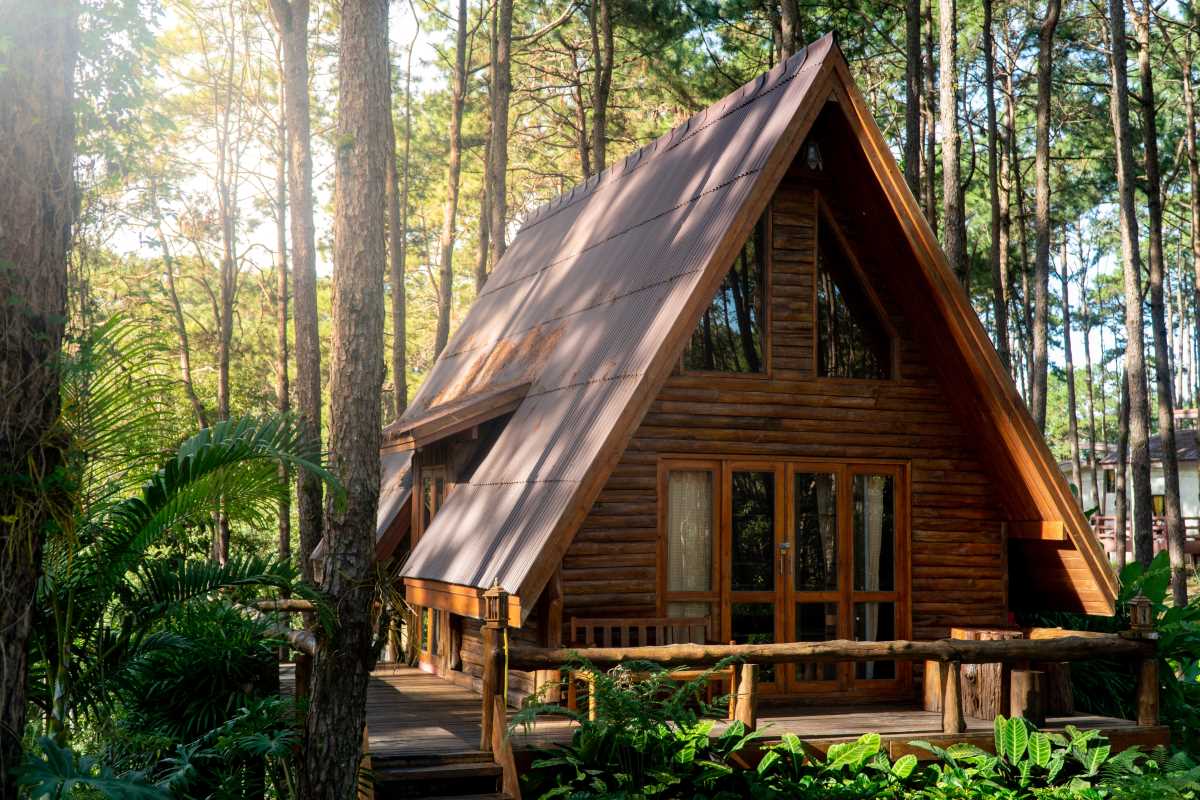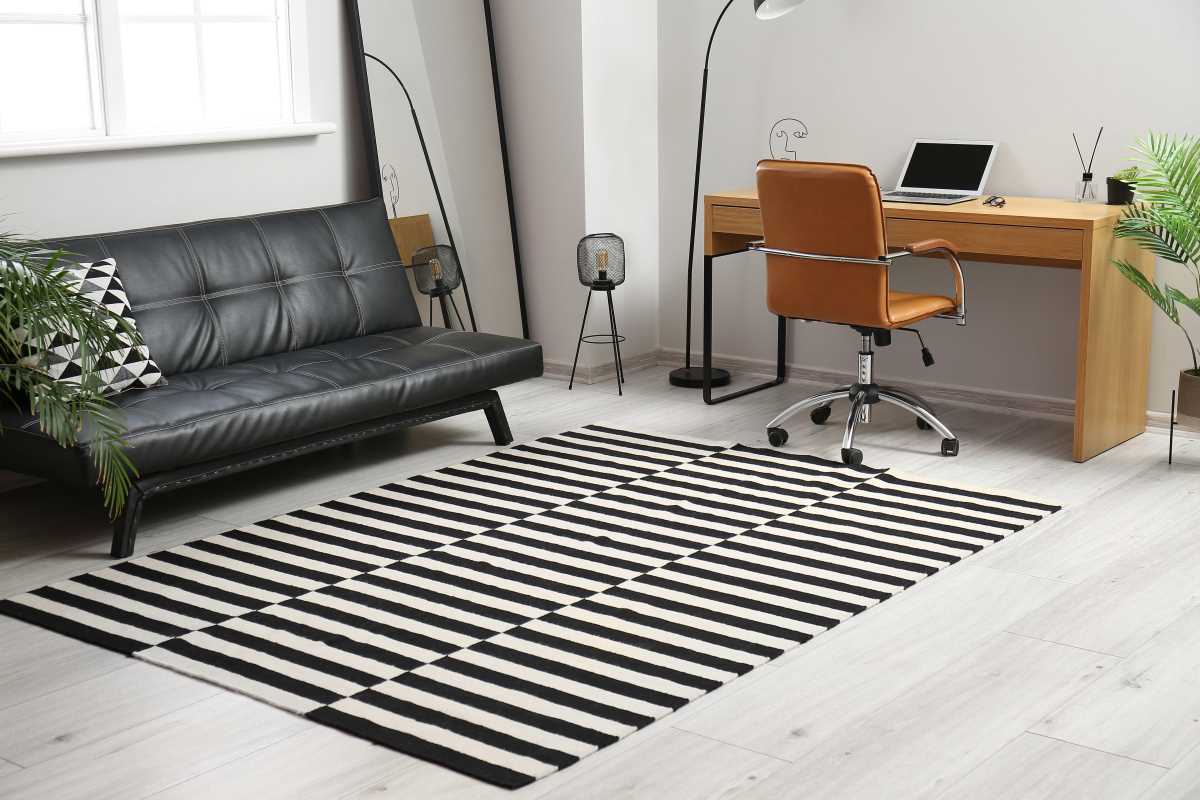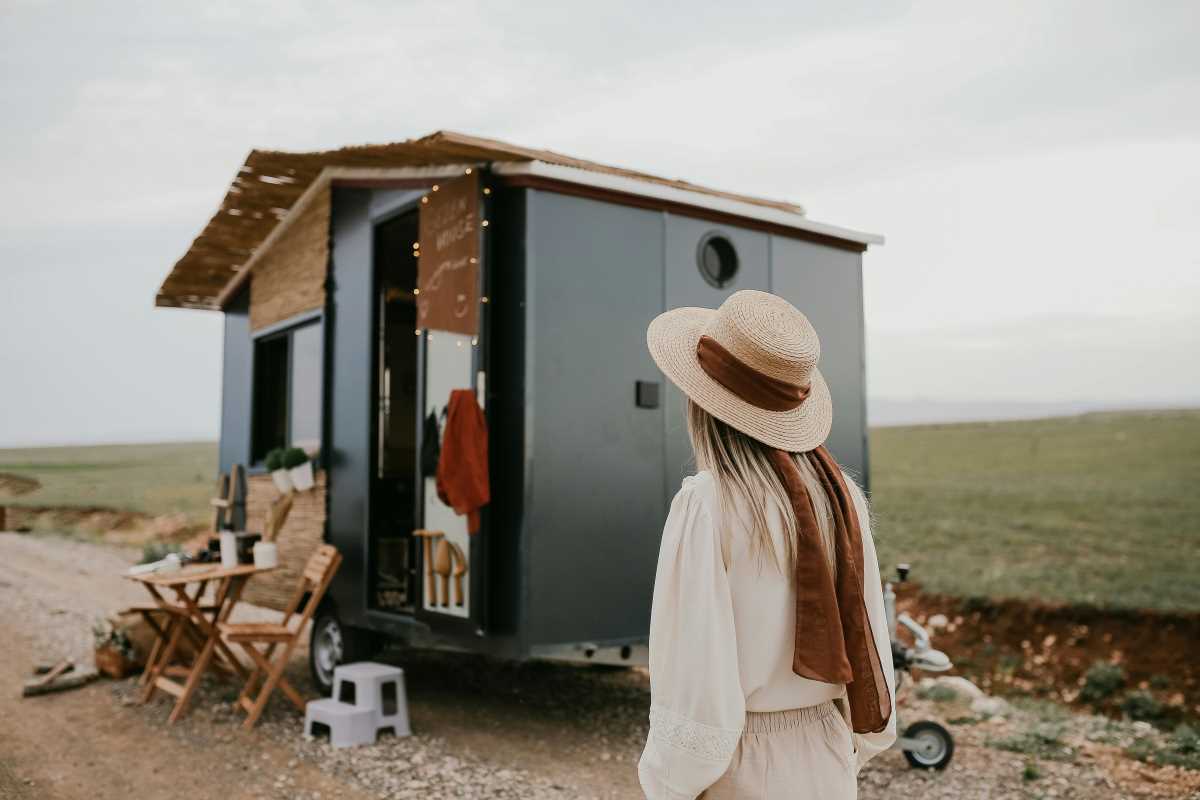The enduring appeal of integrating vintage finds into contemporary home design lies in their ability to infuse living spaces with character, sustainability, and timelessness. By thoughtfully sourcing and blending these pieces with modern elements, homeowners can create stylish and meaningful environments that celebrate the best of both worlds.
Blending old and new can transform a living space into a unique haven reflecting history and modernity. Integrating vintage finds into contemporary home design adds character and tells a story, creating an inviting and personalized environment.
The Appeal of Vintage Finds
Vintage pieces carry a sense of history and craftsmanship that is often missing in mass-produced modern furniture. Each item has its own story, offering a glimpse into the past and adding depth to a room's aesthetic. Whether it's a mid-century modern chair or a classic chandelier, vintage finds bring a unique charm that enhances the overall ambiance of a space.
The durability and quality of vintage items are also significant attractions. These pieces were built to last, often made from high-quality materials that stand the test of time. Incorporating them into a home preserves their legacy and promotes sustainability by reducing the need for new resources.
Complementing Contemporary Styles
Vintage finds can seamlessly integrate with various contemporary design styles, creating a harmonious balance between old and new. Here are some key contemporary styles enhanced by vintage finds:
- Minimalist: A single vintage accent piece, such as a sculptural lamp, can add visual interest without overwhelming the simplicity of the space.
- Industrial: Combining vintage metal furniture with modern steel accents can create a cohesive industrial look.
- Scandinavian: Vintage textiles and furniture pieces can add warmth and texture to the clean lines and neutral palettes typical of Scandinavian design.
- Modern Farmhouse: Incorporating vintage wooden furniture or antique decor items can enhance the rustic charm of a modern farmhouse style.
- Eclectic: Vintage finds are perfect for eclectic decor, allowing for a mix of styles and eras to create a personalized and vibrant space.
Minimalist Design
Minimalism thrives on simplicity, clean lines, and functional decor, often leaving little room for clutter or excessive ornamentation. However, a thoughtfully chosen vintage piece can break the monotony and introduce a layer of sophistication without overwhelming the space.
How to Incorporate Vintage Finds in Minimalist Design
- Focus on One Statement Piece: A vintage sculptural lamp, a mid-century modern chair, or an abstract art piece with patina can become the room’s focal point. For example, a sleek contemporary living area could feature a vintage Noguchi coffee table or a Danish teak credenza for functional but understated elegance.
- Keep It Balanced: Complement minimalist decor by ensuring the vintage item aligns with the room’s neutral palette. For instance, a muted-toned Persian rug can be used to tie together the space without overpowering its simplicity.
- Prioritize Functionality: Choose vintage finds with a purpose—think a beautifully aged storage trunk doubling as a coffee table or a simple antique mirror that reflects light in small spaces.
Industrial Design
With its exposed brick, steel beams, and raw materials, industrial design celebrates utilitarian aesthetics. Vintage finds, especially those crafted from metals, reclaimed woods, or aged leathers, enhance this style by echoing its rugged and unfinished elegance.
How to Incorporate Vintage Finds in Industrial Design
- Mix Modern and Vintage Metals: Incorporate vintage lighting such as old factory-style pendant lamps, iron chandeliers, or brass sconces. These fixtures add warmth and authenticity to modern industrial spaces dominated by cold steel or concrete.
- Include Weathered Furniture: Seek out vintage metal desks, antique drafting tables, or storage cabinets with visible wear. Pair with streamlined, modern seating to balance the old and new.
- Layer with Vintage Accessories: Items like aged leather stools, salvaged railway carts, or vintage clock faces enhance the character and tie the space together.
Scandinavian Design
Scandinavian design is defined by its focus on functionality, natural materials, and minimalist sensibilities. Vintage finds are perfect for enriching its signature neutral tones and clean lines with added warmth and texture.
How to Incorporate Vintage Finds in Scandinavian Design
- Use Vintage Textiles: Integrate soft, handwoven pieces, like vintage wool blankets or kilim rugs, to add comfort and traditional craftsmanship to Scandi interiors.
- Select Natural Materials: Look for vintage oak chairs, teak side tables, or rattan light fixtures that complement the organic materials typical of Scandinavian design.
- Lean into the Hygge Aesthetic: Incorporate cozy vintage elements like a weathered rocking chair or an antique stoneware vase filled with dried flowers to create warmth and intimacy.
Modern Farmhouse Design
Popularized for its cozy charm, modern farmhouse design merges rustic countryside elements with modern sensibilities. Vintage finds naturally fit this style, adding authenticity and a lived-in feel.
How to Incorporate Vintage Finds in Modern Farmhouse Design
- Focus on Wooden Elements: Incorporate vintage wooden furniture, such as an aged oak dining table, an heirloom bench, or reclaimed barn doors, to enhance the rustic vibe.
- Add Antique Decor: Style open shelves with vintage mason jars, wrought iron candle holders, or ceramic pitchers that double as vases for fresh flowers.
- Highlight Architectural Details: Use vintage corbels, window frames, or an antique mantelpiece as accents to highlight farmhouse architecture.
Eclectic Design
Eclectic design celebrates individuality and creativity by layering different styles, colors, and textures. Vintage finds play a pivotal role in this style, offering endless opportunities to create a personalized and dynamic space.
How to Incorporate Vintage Finds in Eclectic Design
- Mix Eras and Styles: Pair an Art Deco sofa with a Bohemian rug and mid-century modern light fixtures for a rich, layered effect.
- Go Bold with Patterns: Use vintage wallpaper, textiles, or cushions to add interest and dimension to your decor.
- Collect Thoughtfully: Curate unique vintage items like a gallery wall of antique artwork, travel souvenirs, or retro furniture that speaks to your personality.
Practical Tips for Sourcing and Integrating
Finding the right vintage pieces and integrating them into a contemporary home requires some strategy. Here are some practical tips to help you get started:
- Thrift Stores and Flea Markets: These places are treasure troves for unique vintage items. Spend time exploring different vendors to find pieces that resonate with your style.
- Online Marketplaces: Websites like Etsy, eBay, and specialized vintage stores offer a wide range of options that can be delivered directly to your home.
- Estate Sales: Estate sales can provide access to high-quality vintage furniture and decor at reasonable prices.
- Upcycling: Consider DIY projects to refurbish vintage items, giving them a fresh look while maintaining their original charm.
- Authenticity Check: Ensure the authenticity and condition of vintage pieces before purchasing to avoid counterfeit or damaged items.
Benefits of Blending Vintage and Contemporary
Combining vintage and contemporary elements offers numerous benefits that enhance the overall design of a home. One major advantage is the creation of a timeless aesthetic that transcends trends, ensuring your home remains stylish for years to come. The juxtaposition of different styles adds layers of interest and complexity, making each space more engaging and unique.
Moreover, mixing vintage with modern pieces promotes sustainability by reusing existing furniture and reducing waste. It also allows for more personalized decorating, as you can curate a collection of items that truly reflect your tastes and experiences, making your home feel more authentic and inviting.
Challenges and Solutions
Incorporating vintage finds into contemporary homes can present specific challenges, but these can be overcome with thoughtful planning. One common issue is achieving a cohesive look when mixing different styles and eras. To address this, focus on a unifying color palette or theme that ties the old and new elements together, ensuring they complement rather than clash.
Another challenge is the potential disparity in quality and maintenance needs between vintage and modern pieces. It's essential to carefully inspect vintage items for any damage and perform necessary repairs or restorations. Additionally, integrating vintage lighting or electronics with modern fixtures might require professional assistance to ensure functionality and safety.
Balance and restraint are the keys to successfully blending vintage and contemporary elements. Select a few standout vintage pieces and let them shine within a predominantly modern setting. This approach prevents the space from feeling cluttered while allowing the unique charm of vintage finds to make a significant impact.
 (Image via
(Image via





